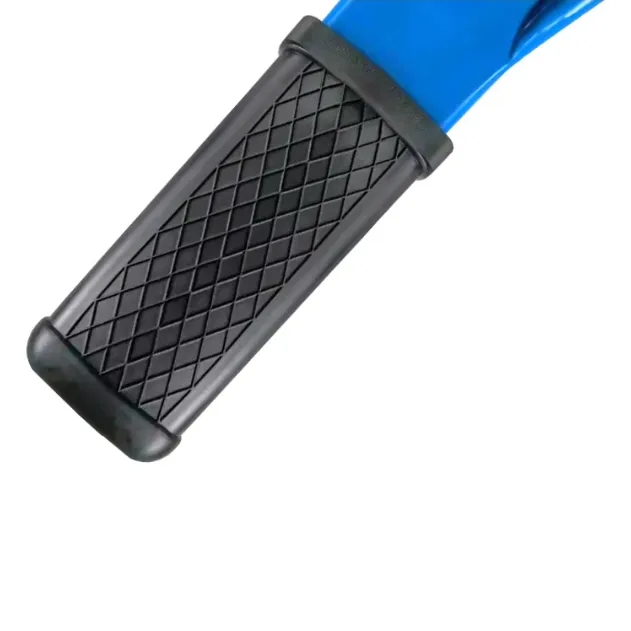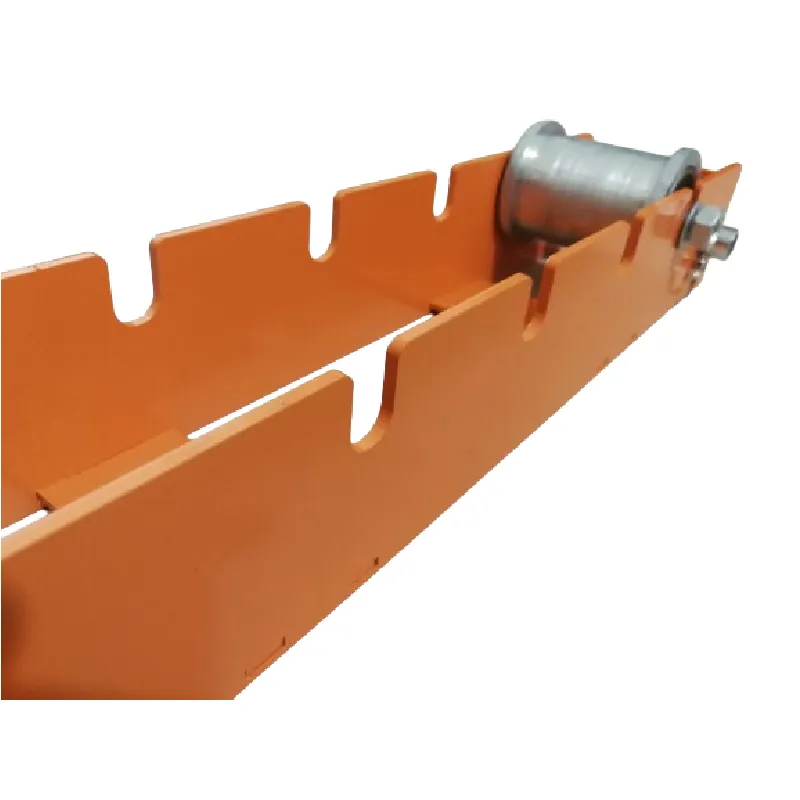
-
 Afrikaans
Afrikaans -
 Albanian
Albanian -
 Amharic
Amharic -
 Arabic
Arabic -
 Armenian
Armenian -
 Azerbaijani
Azerbaijani -
 Basque
Basque -
 Belarusian
Belarusian -
 Bengali
Bengali -
 Bosnian
Bosnian -
 Bulgarian
Bulgarian -
 Catalan
Catalan -
 Cebuano
Cebuano -
 Corsican
Corsican -
 Croatian
Croatian -
 Czech
Czech -
 Danish
Danish -
 Dutch
Dutch -
 English
English -
 Esperanto
Esperanto -
 Estonian
Estonian -
 Finnish
Finnish -
 French
French -
 Frisian
Frisian -
 Galician
Galician -
 Georgian
Georgian -
 German
German -
 Greek
Greek -
 Gujarati
Gujarati -
 Haitian Creole
Haitian Creole -
 hausa
hausa -
 hawaiian
hawaiian -
 Hebrew
Hebrew -
 Hindi
Hindi -
 Miao
Miao -
 Hungarian
Hungarian -
 Icelandic
Icelandic -
 igbo
igbo -
 Indonesian
Indonesian -
 irish
irish -
 Italian
Italian -
 Japanese
Japanese -
 Javanese
Javanese -
 Kannada
Kannada -
 kazakh
kazakh -
 Khmer
Khmer -
 Rwandese
Rwandese -
 Korean
Korean -
 Kurdish
Kurdish -
 Kyrgyz
Kyrgyz -
 Lao
Lao -
 Latin
Latin -
 Latvian
Latvian -
 Lithuanian
Lithuanian -
 Luxembourgish
Luxembourgish -
 Macedonian
Macedonian -
 Malgashi
Malgashi -
 Malay
Malay -
 Malayalam
Malayalam -
 Maltese
Maltese -
 Maori
Maori -
 Marathi
Marathi -
 Mongolian
Mongolian -
 Myanmar
Myanmar -
 Nepali
Nepali -
 Norwegian
Norwegian -
 Norwegian
Norwegian -
 Occitan
Occitan -
 Pashto
Pashto -
 Persian
Persian -
 Polish
Polish -
 Portuguese
Portuguese -
 Punjabi
Punjabi -
 Romanian
Romanian -
 Russian
Russian -
 Samoan
Samoan -
 Scottish Gaelic
Scottish Gaelic -
 Serbian
Serbian -
 Sesotho
Sesotho -
 Shona
Shona -
 Sindhi
Sindhi -
 Sinhala
Sinhala -
 Slovak
Slovak -
 Slovenian
Slovenian -
 Somali
Somali -
 Spanish
Spanish -
 Sundanese
Sundanese -
 Swahili
Swahili -
 Swedish
Swedish -
 Tagalog
Tagalog -
 Tajik
Tajik -
 Tamil
Tamil -
 Tatar
Tatar -
 Telugu
Telugu -
 Thai
Thai -
 Turkish
Turkish -
 Turkmen
Turkmen -
 Ukrainian
Ukrainian -
 Urdu
Urdu -
 Uighur
Uighur -
 Uzbek
Uzbek -
 Vietnamese
Vietnamese -
 Welsh
Welsh -
 Bantu
Bantu -
 Yiddish
Yiddish -
 Yoruba
Yoruba -
 Zulu
Zulu


TEL:
0086-311-88862036
පෙබ. . 16, 2025 04:51 Back to list
hot stick for electrical work
The evolution of electrical work safety tools has been profound, yet there's one indispensable device that remains at the forefront of the industry the hot stick. For those immersed in electrical work, especially in high-voltage environments, understanding the intricacies and benefits of using this tool is crucial in ensuring both personal safety and work efficiency.
Cutting-edge Technology Integration Some of the latest innovations in hot stick technology include integrated digital readings that provide real-time feedback on line voltage. These enhancements significantly mitigate the potential for human error. Furthermore, the implementation of intuitive modular design allows for quicker attachment swaps, enhancing efficiency and safety on-site. Real-world Application and Scenarios In a recent deployment for storm damage repair, utility workers utilized hot sticks to safely manage downed power lines, an application demonstrating the tool’s necessity in emergency scenarios. Reports noted that the ergonomic design of the new model hot sticks resulted in a notable reduction in fatigue for the workers over extended shifts, thereby enhancing productivity while maintaining safety. Building Trust through Quality Assurance Reputable manufacturers of hot sticks undergo extensive testing phases, often exceeding industry standards, to guarantee the utmost reliability of their products. Certifications from independent testing bodies provide an additional layer of assurance that these tools will perform reliably under duress. This commitment to quality and safety is paramount, as the slightest flaw in design can lead to catastrophic consequences. Conclusion An Indispensable Tool for Electrical Safety The hot stick remains an irreplaceable component of any professional electrical worker’s arsenal. With continued advancements in technology and design, this tool has not only revolutionized safety practices but also enhanced operational efficiency. For those committed to excellence in electrical work, investing in a high-quality hot stick is not just an option—it's an imperative, underscoring a commitment to safety, precision, and professionalism in every task undertaken.


Cutting-edge Technology Integration Some of the latest innovations in hot stick technology include integrated digital readings that provide real-time feedback on line voltage. These enhancements significantly mitigate the potential for human error. Furthermore, the implementation of intuitive modular design allows for quicker attachment swaps, enhancing efficiency and safety on-site. Real-world Application and Scenarios In a recent deployment for storm damage repair, utility workers utilized hot sticks to safely manage downed power lines, an application demonstrating the tool’s necessity in emergency scenarios. Reports noted that the ergonomic design of the new model hot sticks resulted in a notable reduction in fatigue for the workers over extended shifts, thereby enhancing productivity while maintaining safety. Building Trust through Quality Assurance Reputable manufacturers of hot sticks undergo extensive testing phases, often exceeding industry standards, to guarantee the utmost reliability of their products. Certifications from independent testing bodies provide an additional layer of assurance that these tools will perform reliably under duress. This commitment to quality and safety is paramount, as the slightest flaw in design can lead to catastrophic consequences. Conclusion An Indispensable Tool for Electrical Safety The hot stick remains an irreplaceable component of any professional electrical worker’s arsenal. With continued advancements in technology and design, this tool has not only revolutionized safety practices but also enhanced operational efficiency. For those committed to excellence in electrical work, investing in a high-quality hot stick is not just an option—it's an imperative, underscoring a commitment to safety, precision, and professionalism in every task undertaken.
Latest news
What Are Construction Tools and How Are They Used?
NewsJul.11,2025
Professional-Grade Duct Rodding Tools for Superior Cable Installation
NewsJul.11,2025
Enhancing Safety and Efficiency with Modern Hot Stick Solutions
NewsJul.11,2025
Empowering Cable Installation with Advanced Rodder Solutions
NewsJul.11,2025
Elevate Your Cable Installation Projects with Cable Pulling Tools
NewsJul.11,2025
Efficient Cable Handling Solutions: Cable Rollers for Sale
NewsJul.11,2025
Copyright © 2025 Shijiazhuang Bilo Import and Export Trading Co., Ltd. All Rights Reserved. Sitemap | Privacy Policy

BlLo lmport & Éxport is specialized in power and cable equipment andconsiruction tools,Qur main producis are FRP
duct rodder, cable rollerscable pulling winch, cable drum jack, cable pulling sock, etc.
Copyright © 2025 Shijiazhuang Bilo Import and Export Trading Co., Ltd. All Rights Reserved. Sitemap | Privacy Policy










